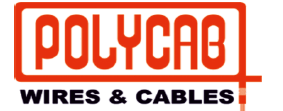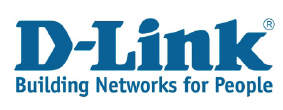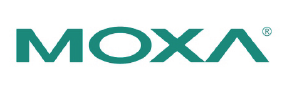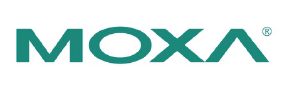Industrial Grade Managed and Unmanaged Ethernet Switches are specialized networking devices designed to handle the unique demands of industrial environments, where conditions like temperature extremes, vibrations, and dust can affect regular network equipment. These switches help connect and manage devices like PLCs (Programmable Logic Controllers), sensors, cameras, and other industrial IoT (Internet of Things) devices in a factory or automation setup.
Here’s a comparison and an overview of managed and unmanaged industrial Ethernet switches:
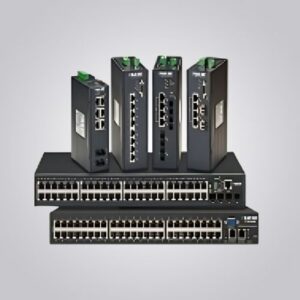
Unmanaged Industrial Ethernet Switches:
Overview:
- Unmanaged switches are plug-and-play devices with no configuration or management options.
- They automatically forward traffic between devices based on MAC addresses.
- Simple, cost-effective, and easy to deploy in environments where complex configurations are not required.
Key Features:
- Plug-and-Play: No configuration needed, making them easy to set up.
- Cost-Effective: Less expensive compared to managed switches, which makes them suitable for smaller industrial applications.
- Reliability: Built to withstand harsh environments, such as wide temperature ranges and vibrations.
- Basic Operation: Forwarding traffic based solely on MAC addresses, with no user intervention needed for setup.
- Limited Security & Control: No VLANs, QoS, or network management options available, which can be a limitation in more complex environments.
Managed Industrial Ethernet Switches:
Overview:
- Managed switches offer greater control over the network, allowing for configuration, monitoring, and management of network traffic.
- These switches provide advanced features like VLANs, QoS, network redundancy, and security options, which can optimize and protect complex industrial networks.
Key Features:
- Advanced Configuration & Control: Allows detailed network management, including IP addressing, VLAN support, port management, and more.
- VLAN Support: Virtual LANs allow for the segmentation of networks, improving security and traffic management.
- Quality of Service (QoS): Enables prioritization of traffic (e.g., for real-time applications like VoIP or video streaming).
- Redundancy Features: Support for protocols like Spanning Tree Protocol (STP), Rapid Spanning Tree Protocol (RSTP), and Ring Topology to ensure network resilience and reduce downtime in case of link failures.
- Security Features: Managed switches often come with features like port security, access control lists (ACLs), and support for SNMP (Simple Network Management Protocol) for monitoring and alerts.
- Network Monitoring & Diagnostics: With support for SNMP, Managed switches can help in monitoring network traffic, diagnosing issues, and performing network health checks.
- Wide Operating Temperature Range: Designed to withstand extreme temperatures typical in industrial environments (usually from -40°C to +75°C).
- Industrial Certifications: Many industrial switches come with certifications such as UL (Underwriters Laboratories), CE, or ATEX for explosive atmospheres.



